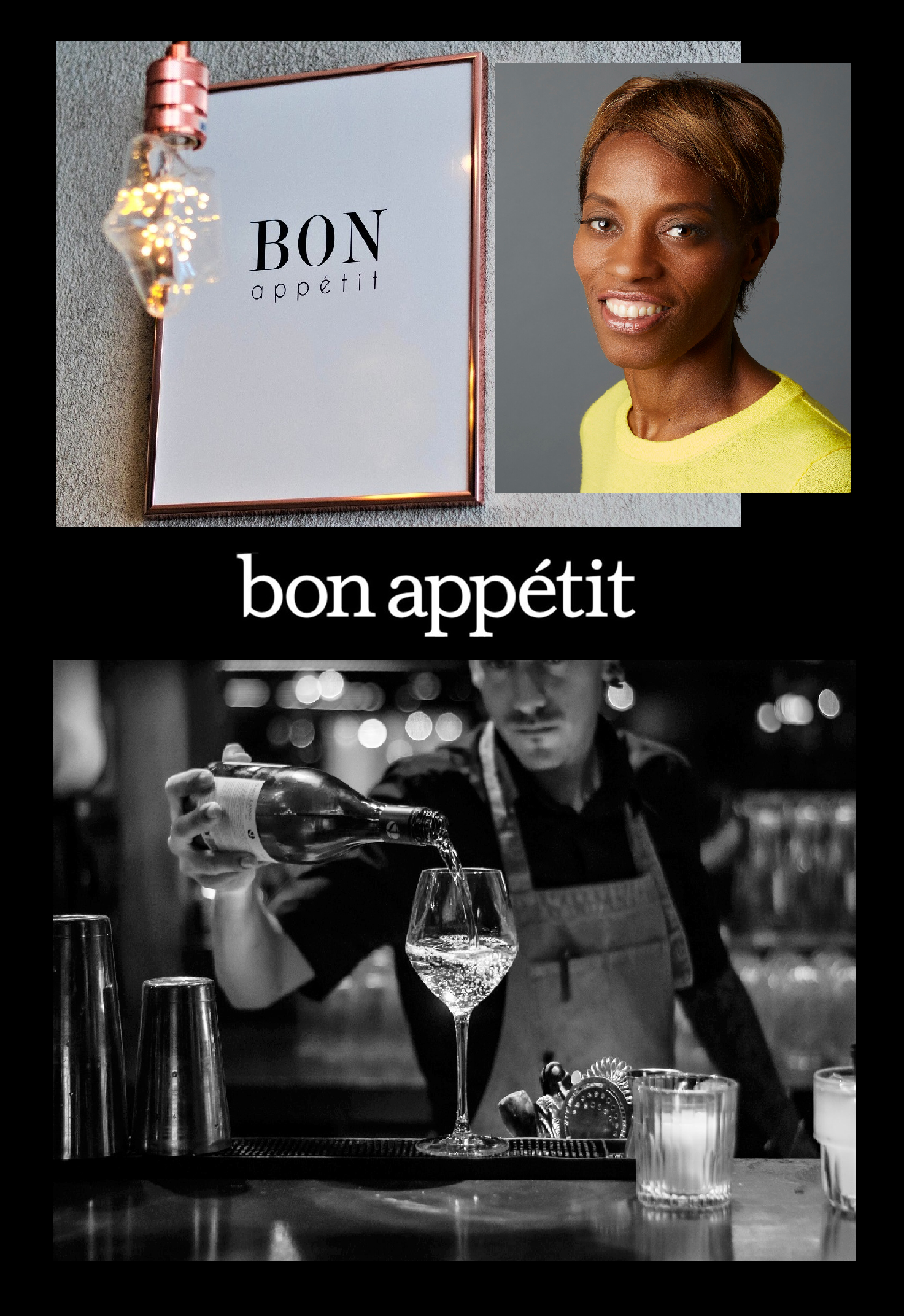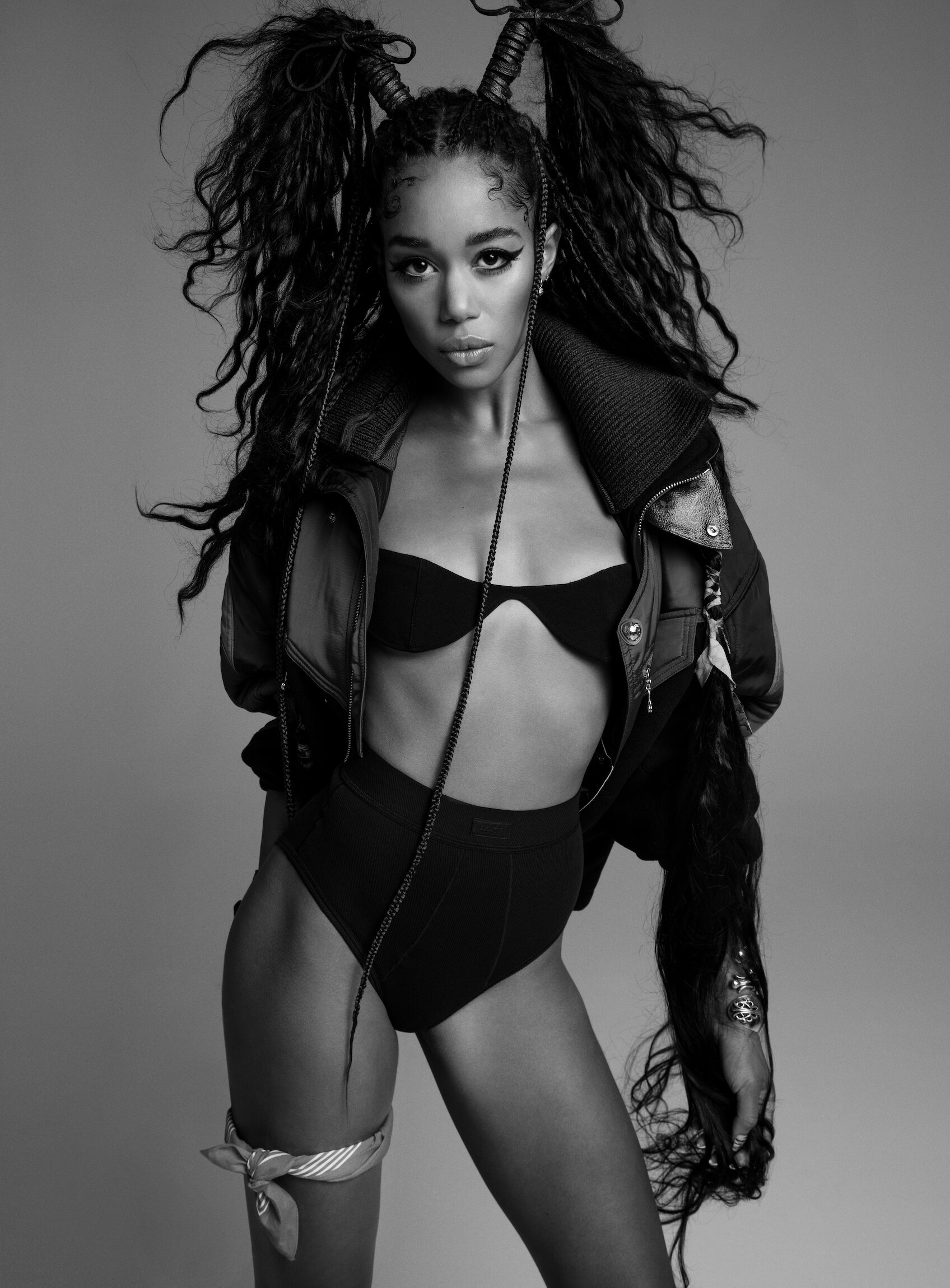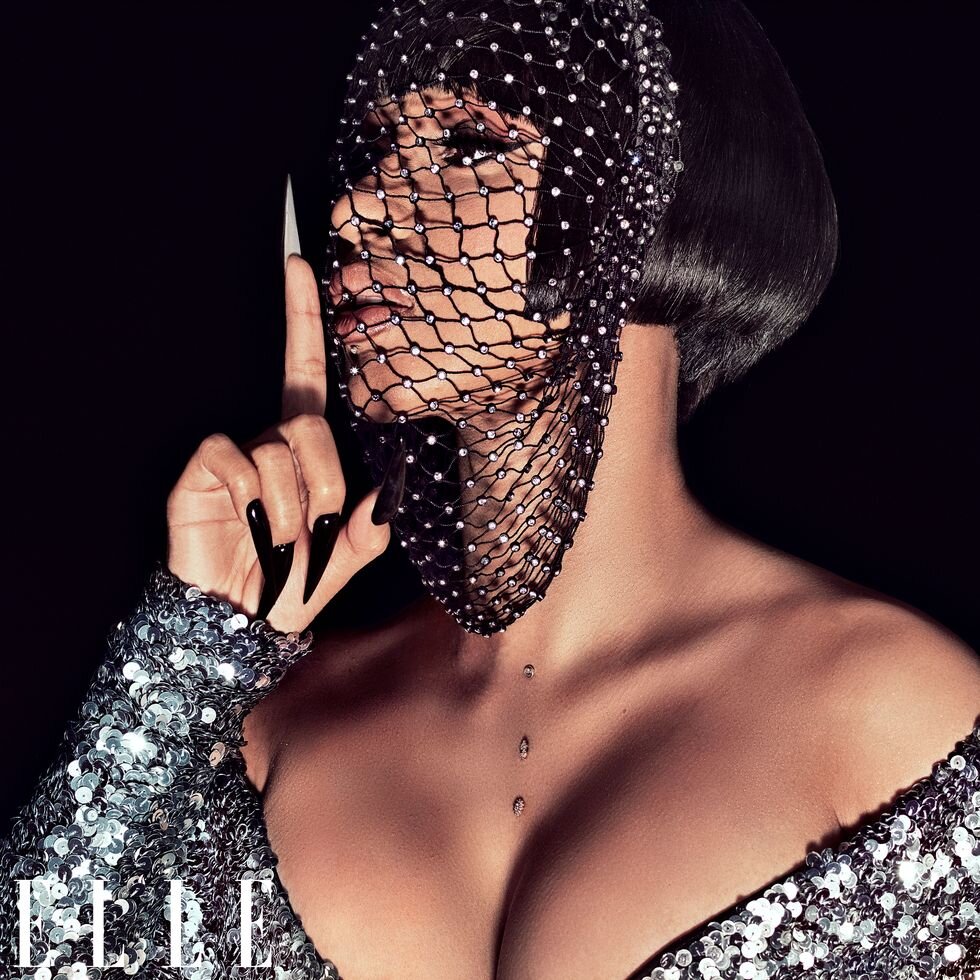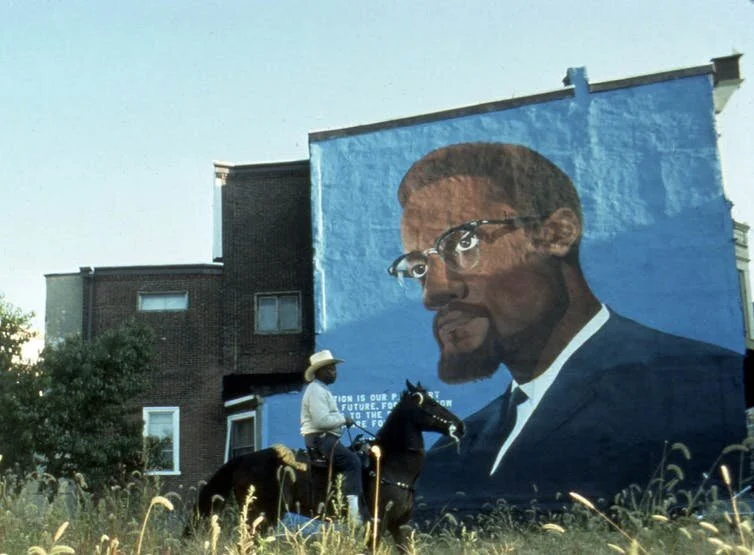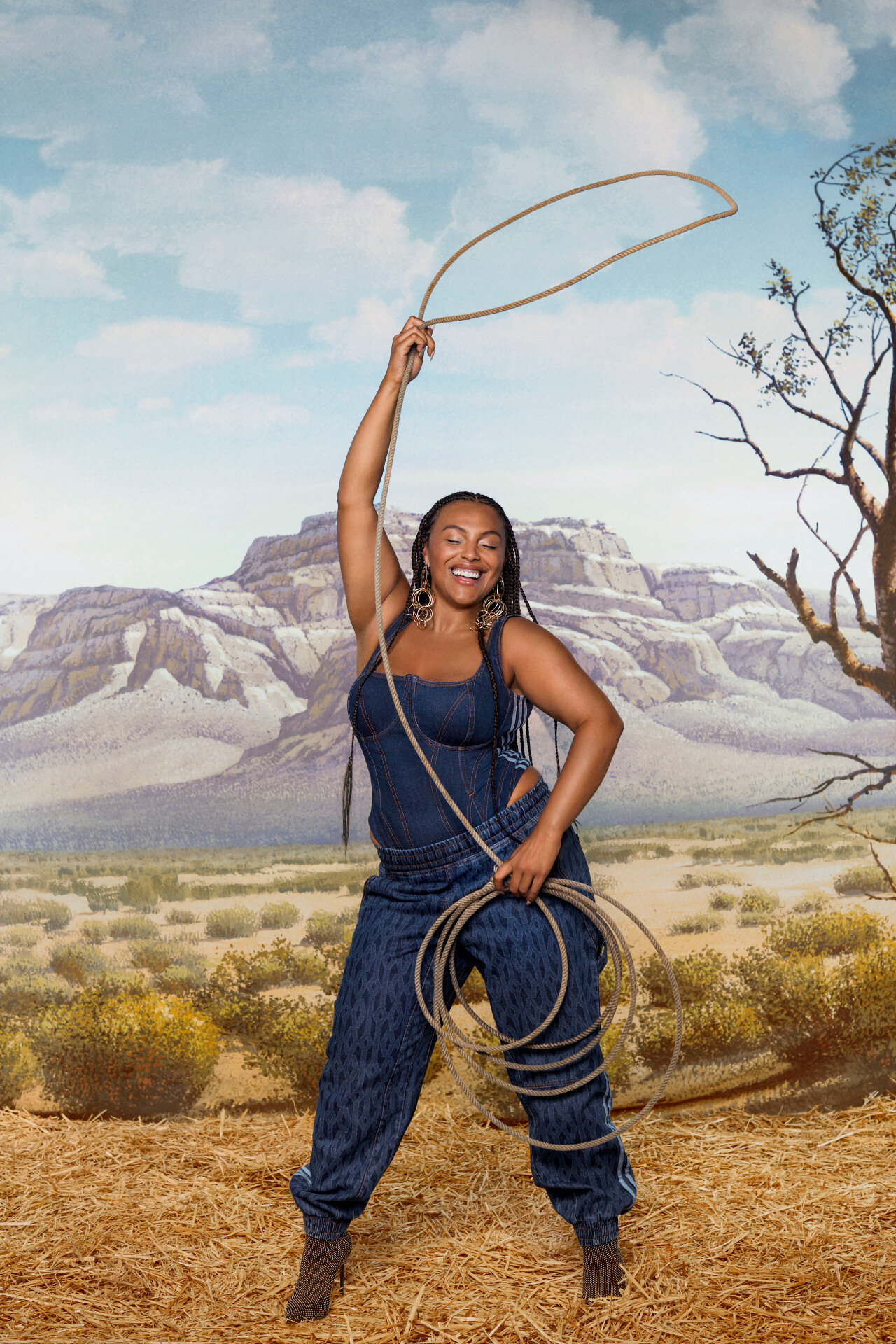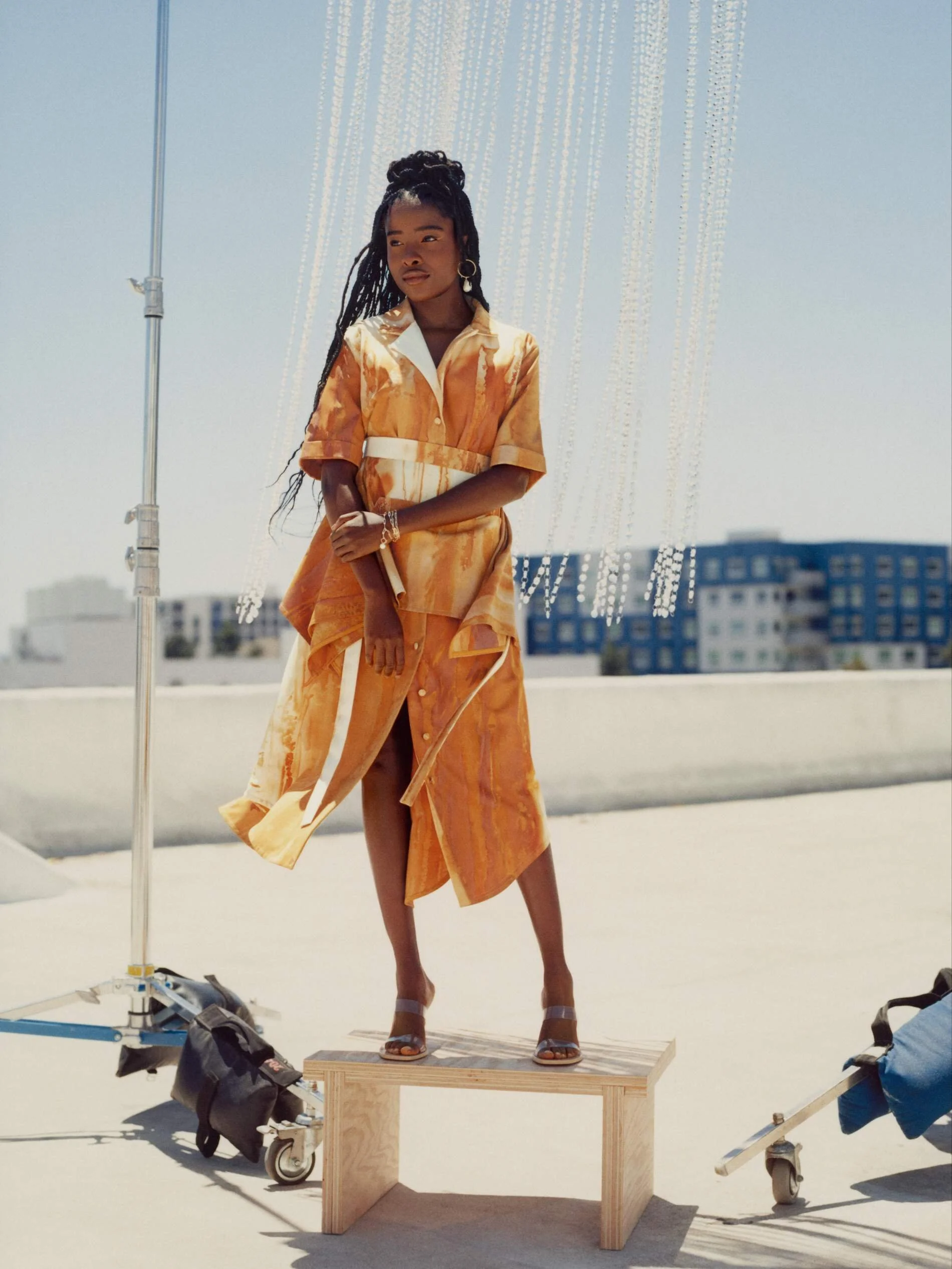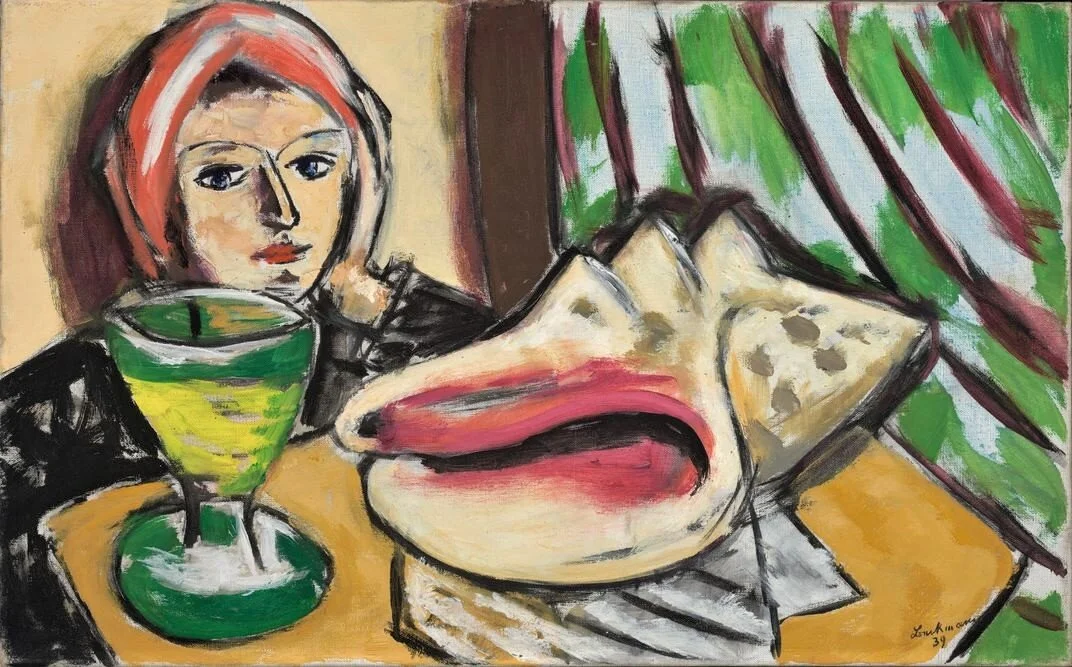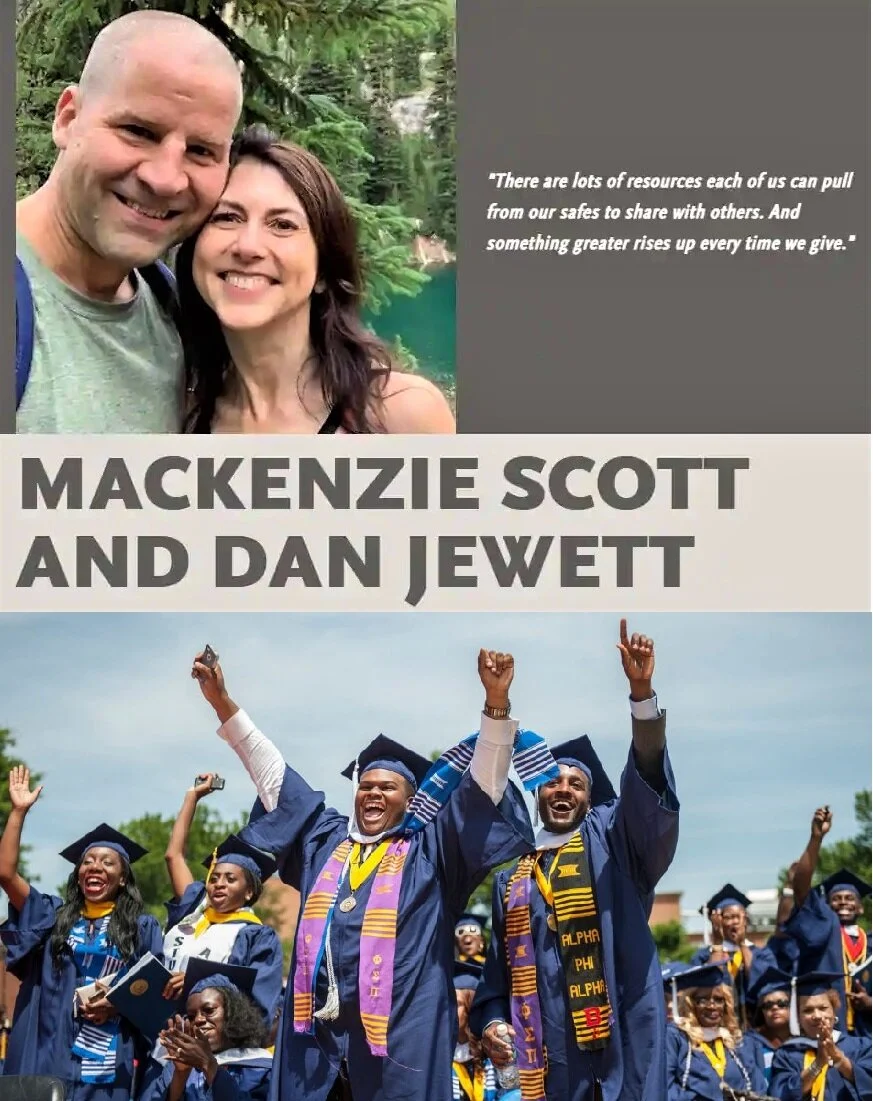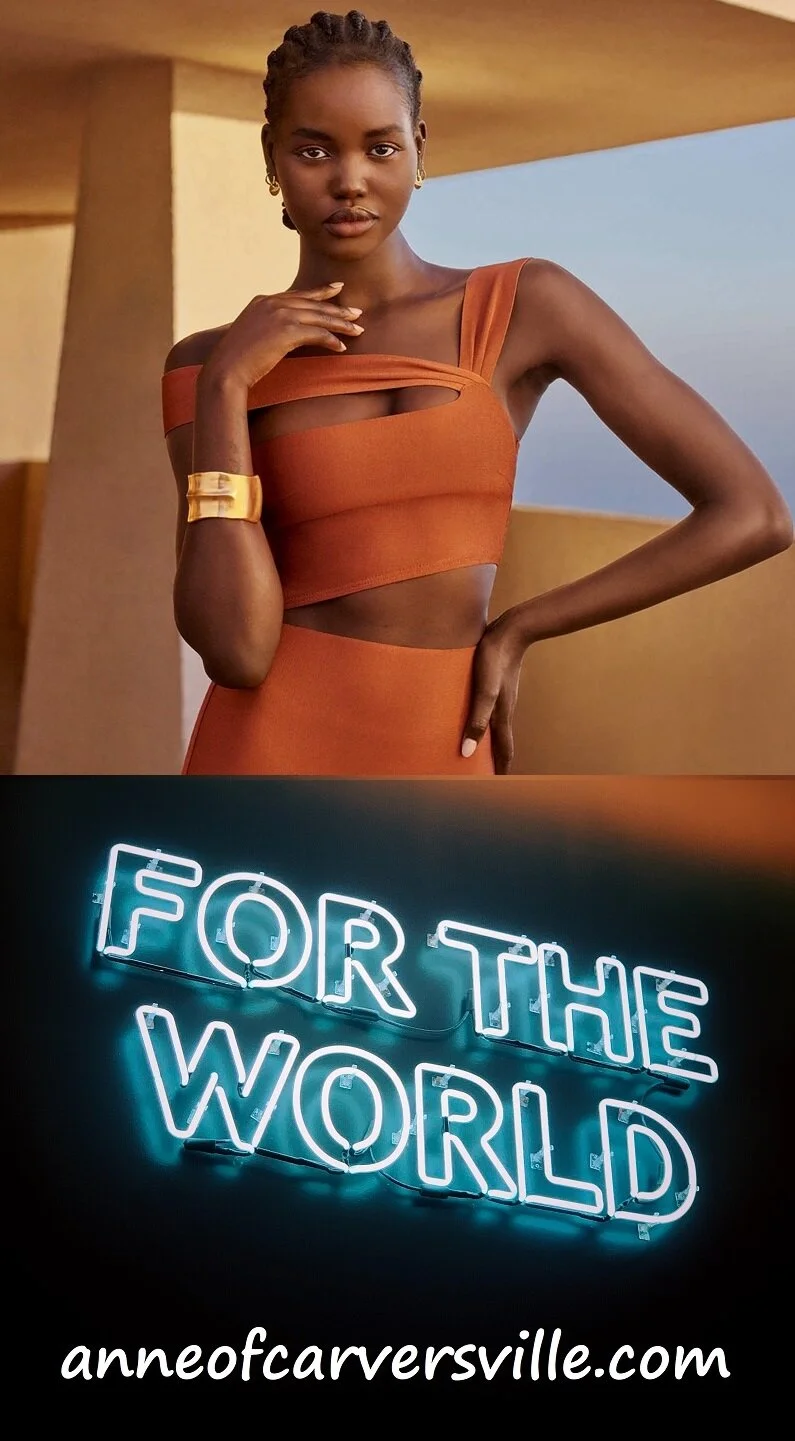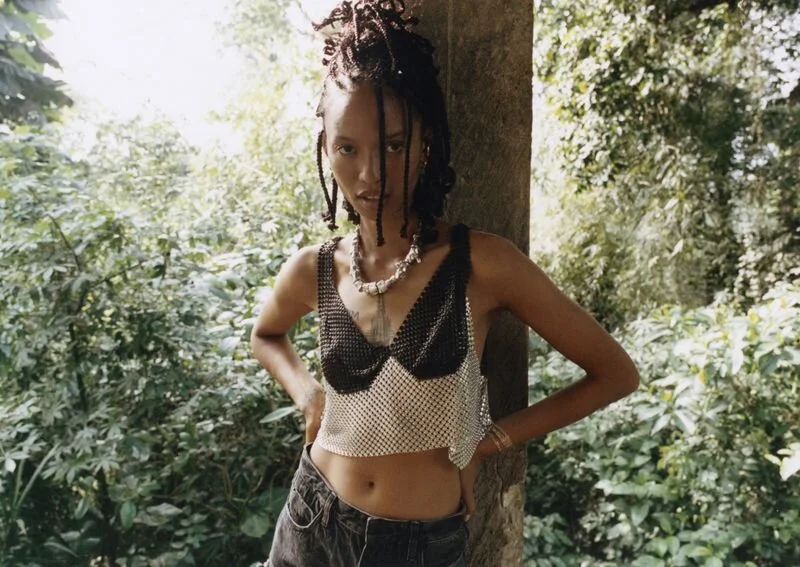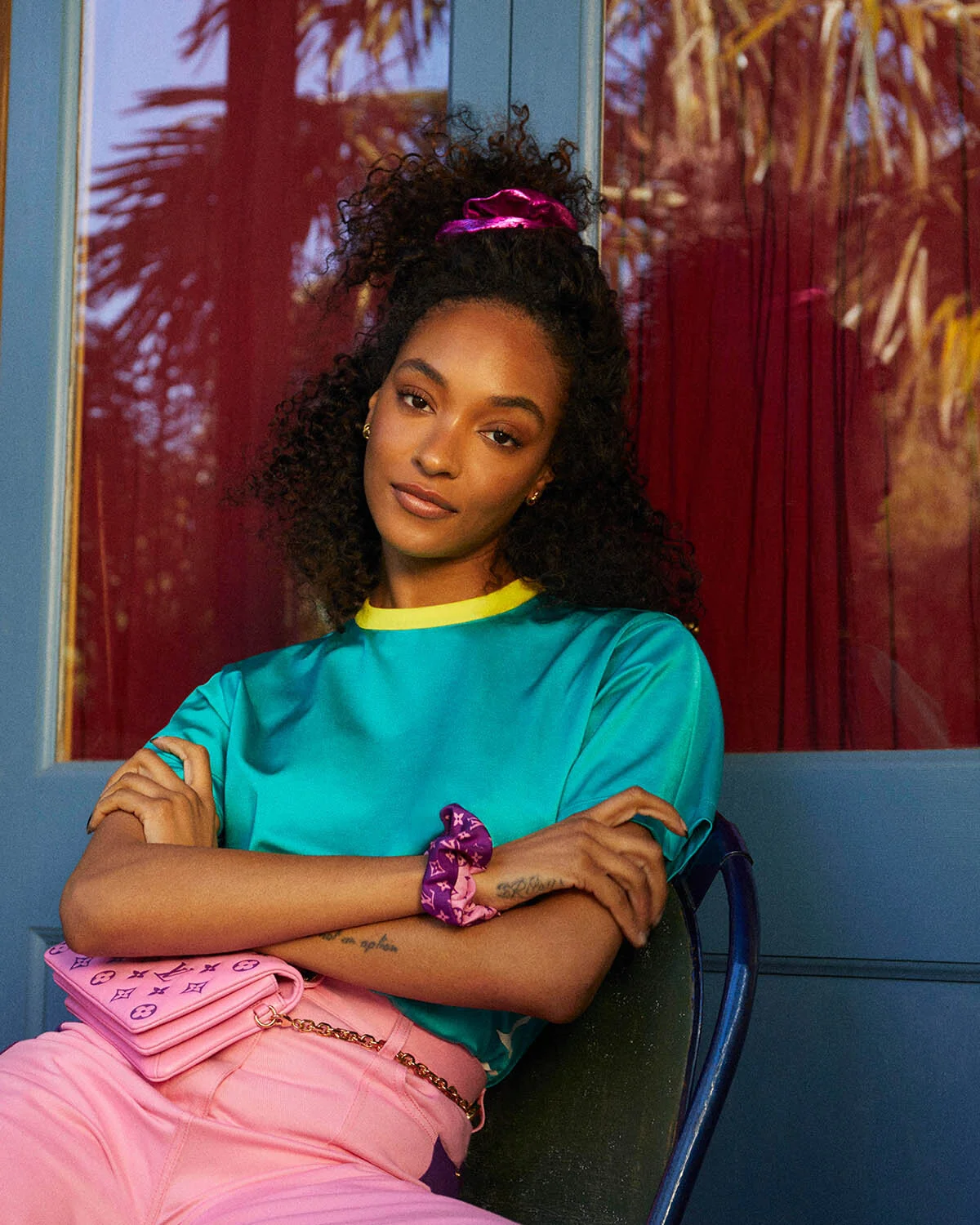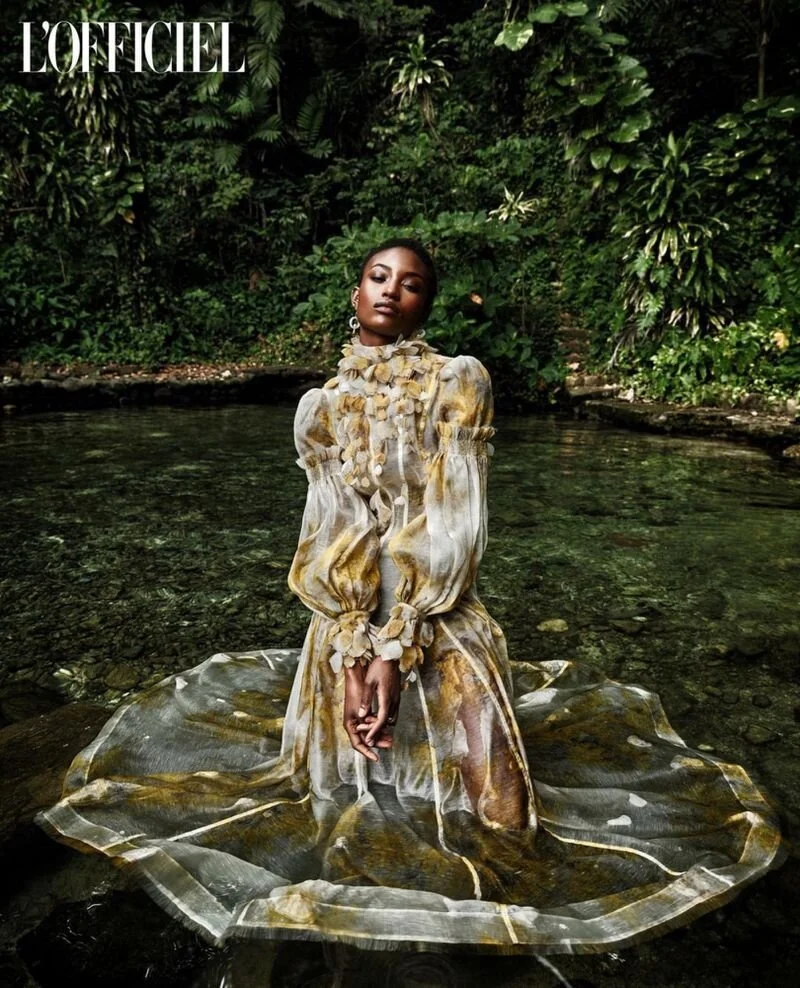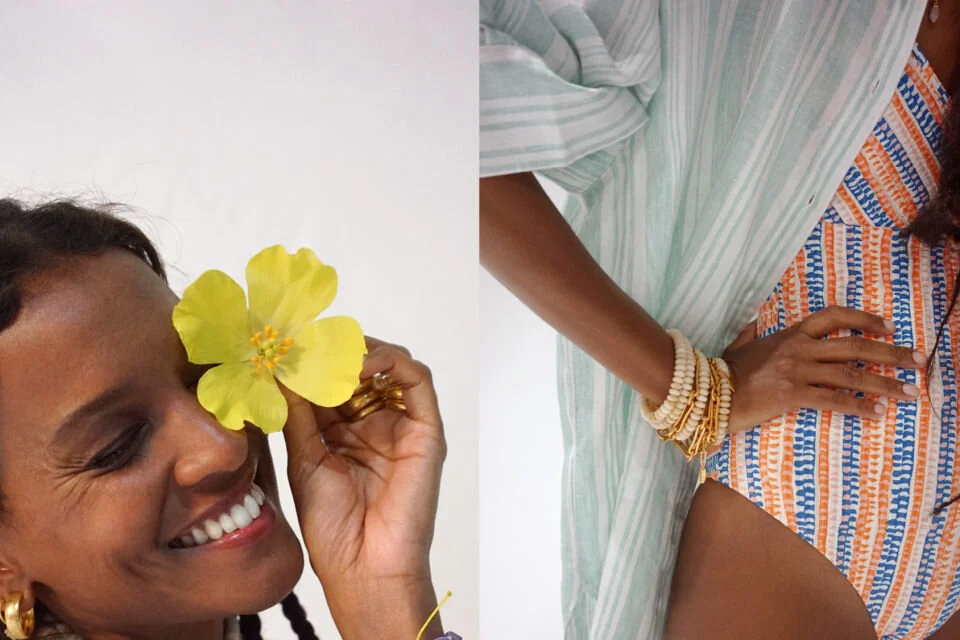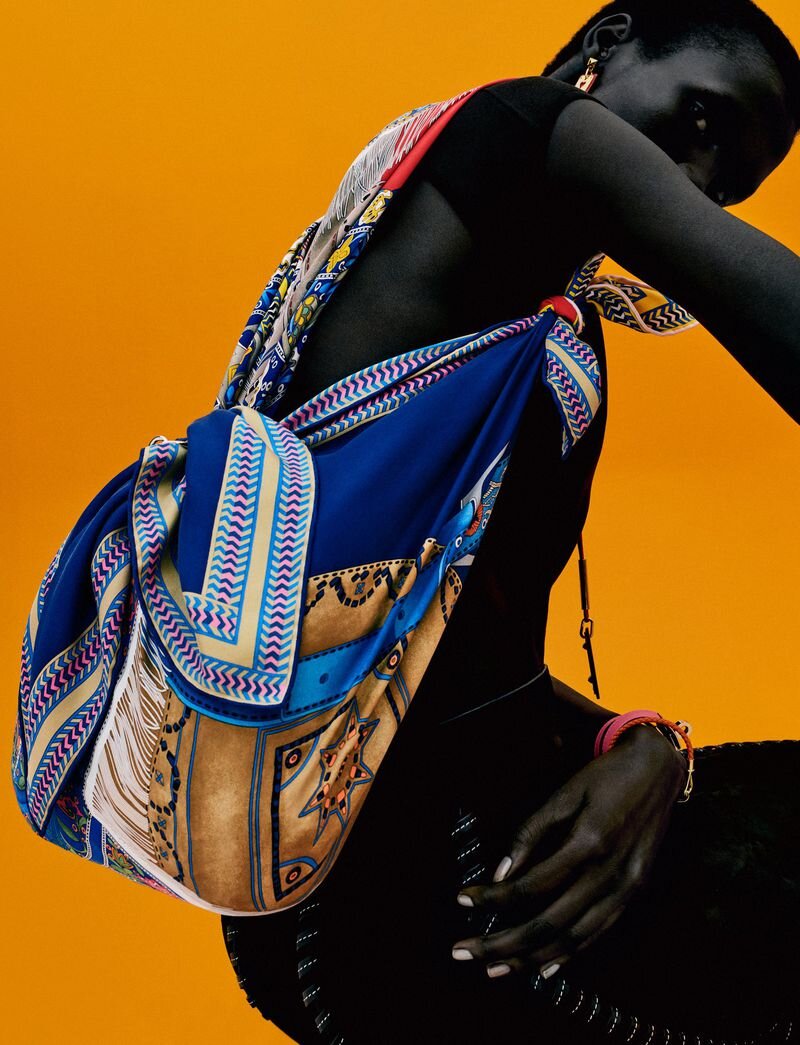Dawn Davis New EIC at Bon Appétit | Black Voices Launch Fall Media
/Image Composite by AOC. Special thanks to Louis Hansel @shotsoflouis on Unsplash
Conde Nast has named Dawn Davis as Bon Appétit’s new editor-in-chief. Davis is a vice president at Simon & Schuster, where she founded and now leads 37 Ink, an imprint dedicated to sharing stories from marginalized communities. As a vice president at Simon & Schuster, Davis launched Inkwell Book Club, a national online book club celebrating Black authors.
Davis previously served as publisher of the HarperCollins imprint Amistad Press, which is “devoted to multicultural voices.”
Davis will assume her new role on November 2, after months of employee rancor on issue of racism, pay inequality and varying degrees of toxicity that permeated that magazine under its previous EIC Adam Rappaport.
Photo (L) by Etty Fidele on Unsplash. Photo (M)by Randy Tarampi on Unsplash; Photo (R) by Etty Fidele on Unsplash
Bon Appetit is not the only Conde Nast imprint to issue an apology to staff this summer. On June 4, 2020 Anna Wintour took full responsibility for Vogue’s ‘hurtful or intolerant’ behavior, admitting that the magazine had failed in a historic way to advance and create space for Black creators, according to Page Six, who obtained a copy of the email.
“I want to start by acknowledging your feelings and expressing my empathy towards what so many of you are going through: sadness, hurt, and anger too,” Wintour explained. “I want to say this especially to the Black members of our team — I can only imagine what these days have been like. But I also know that the hurt, and violence, and injustice we’re seeing and talking about have been around for a long time. Recognizing it and doing something about it is overdue.”
A Long-Overdue Apology, And Where We Go From Here Bon Appetit June 10, 2020 Bon Appetit
We, the staffs of Bon Appétit and Epicurious, want to address our readers, contributors, and peers in light of Adam Rapoport’s resignation as editor in chief. The deeply offensive photo circulating of Adam is horrific on its own, but also speaks to the much broader and longstanding impact of racism at these brands.
We have been complicit with a culture we don’t agree with and are committed to change. Our mastheads have been far too white for far too long. As a result, the recipes, stories, and people we’ve highlighted have too often come from a white-centric viewpoint. At times we have treated non-white stories as “not newsworthy” or “trendy.” Other times we have appropriated, co-opted, and Columbused them. While we’ve hired more people of color, we have continued to tokenize many BIPOC staffers and contributors in our videos and on our pages. Many new BIPOC hires have been in entry-level positions with little power, and we will be looking to accelerate their career advancement and pay. Black staffers have been saddled with contributing racial education to our staffs and appearing in editorial and promotional photo shoots to make our brands seem more diverse. We haven’t properly learned from or taken ownership of our mistakes. But things are going to change.
We have been seriously discussing what change can look like at BA and Epi and what we need to do to make it an inclusive, just, and equitable place. To start, that means prioritizing people of color for the editor in chief candidate pool, implementing anti-racism training for our staff, and resolving any pay inequities that are found across all departments. It means dismantling the toxic, top-down culture that has hurt many members of our staff both past and present and supporting Condé Nast’s internal investigation to hold individual offenders accountable.
Today’s Chefs Are Honoring a Vital Tradition: Feeding the Revolution: New York Times
Fashion Brands & Media Embrace Blackness
Fashion Advertisers Rediscover Black Models New York Times
Ruth Perla charts the evolution of Black models in ad campaigns over the last decade. Personally, AOC feels the change has been a bit stronger pre-COVID, BUT because we’ve tacked forward vigorously in promoting Black models for years. AOC’s view may be jaded.
Black models making token appearances in fashion campaigns as part of a multicultural mix. “The typical casting was one Black model and one Asian,” said Alton Mason, a Black model who has been prominently featured in campaigns for Etro, Missoni and Tommy Hilfiger. “The rest of the models were white.”
Perla agrees that the COVID-19 crisis, combined with a summer of BLM protests and civil unrest, has “forced a shift in mindset.”
Magazine editors enlisted high-profile Black personalities — among them, Rihanna for Harper’s Bazaar, Cardi B for Elle and Laura Harrier with Halle Berry— to front their September 2020 issues.
News & Opinion
New Report Shows Enormous Wage Gaps Between Black and White Workers in Same Role, Across Sectors BKReader (Brooklyn, New York)
